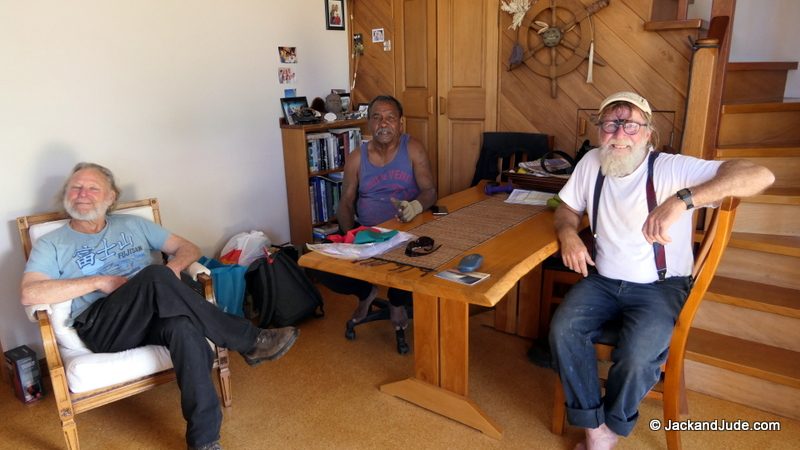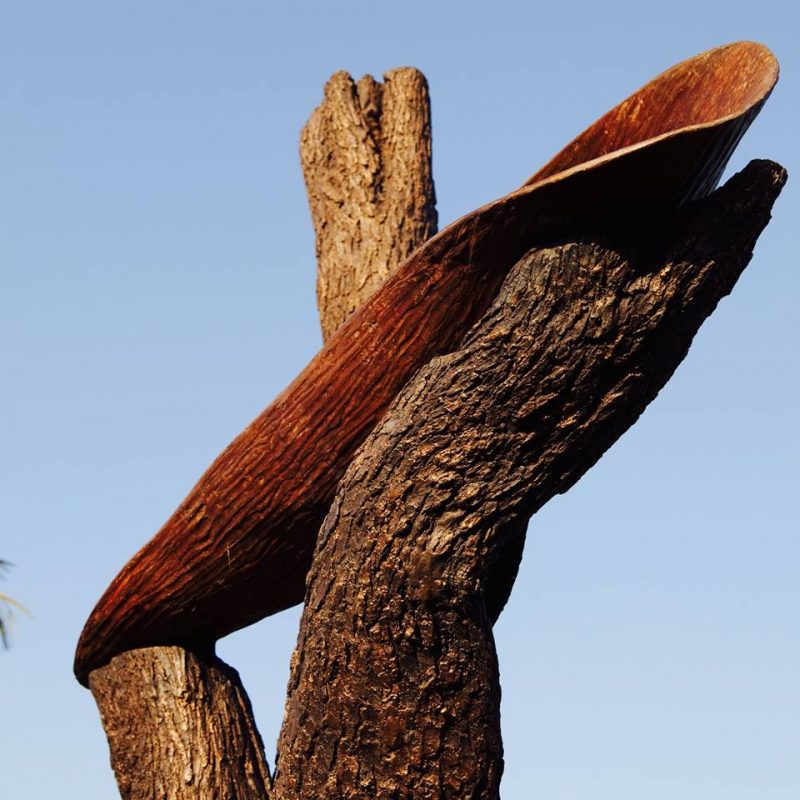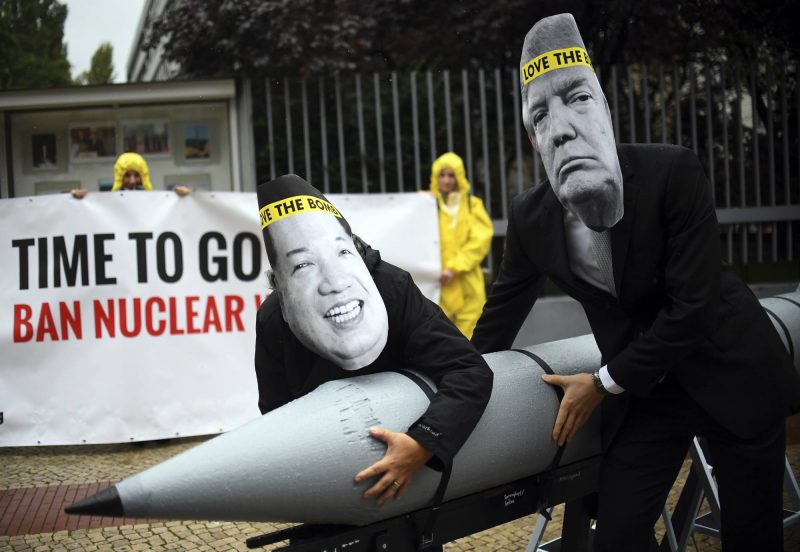 Two fascinating fellows sailed into Ballina last week. Friends of friends from South Australia, they phoned from Iluka asking if we were in and we gave them advice on crossing Ballina’s notorious river bar. Geez they were lucky. A two metre swell had been predicated with spring tides making the run out rather swift. But when they arrived, following our advice, they called Marine Rescue who told them that the river bar was passable with caution.
Two fascinating fellows sailed into Ballina last week. Friends of friends from South Australia, they phoned from Iluka asking if we were in and we gave them advice on crossing Ballina’s notorious river bar. Geez they were lucky. A two metre swell had been predicated with spring tides making the run out rather swift. But when they arrived, following our advice, they called Marine Rescue who told them that the river bar was passable with caution.
On board Sherbro, a 10.5 metre Jarkan named after a small island off the Southern Province of Sierra Leone best known for its slave trading past, the pair arrived with a rather pleasant laid back view of cruising, and the following morning we quickly discovered that they also have an interesting background as well. Tied alongside the floating pontoon centre of Ballina town, we met John and Steve from Maralinga, a remote Aboriginal community in South Australia which was used as a British nuclear test site between 1956 and 1963. Steve is an aboriginal originally from Ceduna, and John hangs out in Elliston on South Australia’s southwest coast facing the Great Australian Bight. He’s a close friend of Timmy and Anna, our mates you would have seen in our film, South Australia Holiday, featuring the Joseph Banks Conservation Park near Port Lincoln. Timmy and Anna’s family has expanded since those halcyon days with the addition of two adorable children, Zephyr and Chillie. Doesn’t life afloat form strong bonds with amazing humanity?

SHERBRO visiting the Richmond River
That brings to mind how helping each other survive in the wild world of Nature has us looking beyond our differences to build enduring respect – this is something Jack and Jude have always cherished and thought could benefit all mankind as well as Earth. We believe each of us should honour the fact that we are inhabitants of a glorious planet that is unique for as far as can be perceived, and that should bond us all to rise above irritants and help control greed and lust for power. Pulling together for the betterment of mother earth we could heal our differences while at the same time reduce the burden on Earth.
Okay, off my soap box, and back to the story of John and Steve, who a couple of years ago flew to Japan to unveil a huge bronze sculpture they had made here in Australia. At a ceremony at the Nagasaki Peace Park on 18 April 2016, a sculpture symbolising Australia’s potent desire for peace and harmony was unveiled by Japanese nuclear survivors.

Jack with Steve and John
Luncheon on the Richmond

Australian memorial in Nagasaki peace park.
Quoting from an Australian Government webpage:
‘Tree of Life: Gift of Peace’ was sculpted in bronze by Indigenous Australians, John Turpie and Stephen Harrison from Maralinga, a remote Aboriginal community in South Australia which was used as a British nuclear test site between 1956 and 1963.
The sculpture stands as a stark reminder of the close ties between Australia and Japan, two nations who have survived firsthand experiences of nuclear weapons, albeit from very different perspectives.
The torn, roughly cut tree embodies the post-nuclear landscape of the land on which it sits. A uniquely shaped piti dish, an Aboriginal symbol of peace, with the tree as its donor, perches at the top. The work embodies the resilience of both its donors and its recipients and stands as a symbol of friendship.

Coolaman also known as piti by the Anangu people
traditionally used by Aboriginal women to carry water, fruits, nuts, as well as to cradle babies
Reasons for gifting an Australian Sculpture:
- Inspired by, and to pay our respects to, Japanese atomic survivor communities.
- To contribute to peace-related activities taking place in Nagasaki during the 70-year commemoration of the atomic bombings in Japan.
- To support international advocacy for peace, valuing humanitarian messages arising from the experiences of atomic survivor communities (Hibakusha), to particularly engage younger generations in discourse and action for peace.
- To provide an Indigenous Australian presence in Japan, and to recognize Australian atomic survivor communities and the forward-looking initiatives they have pursued.
- To issue a call for hope and peace across generations and across borders.

Official Opening Ceremony
Photo by Jessie Boylan
The sculpture is the outcome of a two year cultural exchange project between the Anangu peoples of the central Australian desert and Japan, and commemorates the seventieth anniversary of the atomic bombings in Nagasaki and Hiroshima in August 2015.
“There is excitement that Yalata and the Maralinga people have the opportunity to take this [work] to another world, to other atomic survivor communities”, said Jeremy LeBois, Chair of Maralinga Tjarutja Council. Mr LeBois and other community leaders, as well as artists from the remote Anangu communities of Yalata and Oak Valley/Maralinga in South Australia travelled to Japan for the unveiling.

Delegates at Official Opening Ceremony
18th April, 2016, Nagasaki Peace Park
Photo by Jessie Boylan
Deputy Mayor of Fremantle, Josh Wilson From, representing the Mayors for Peace Australia of Western Australia, travelled to Nagasaki for the ceremony and met with Nagasaki Mayor Tomihisa Taue where the two officials pledged to work towards nuclear disarmament.
Amazing people, John and Steve, bringing good will and magic to faraway lands, they will be with us for a few more days as their visit also brought the first rain Ballina has seen in two months!

Ban the Bomb
